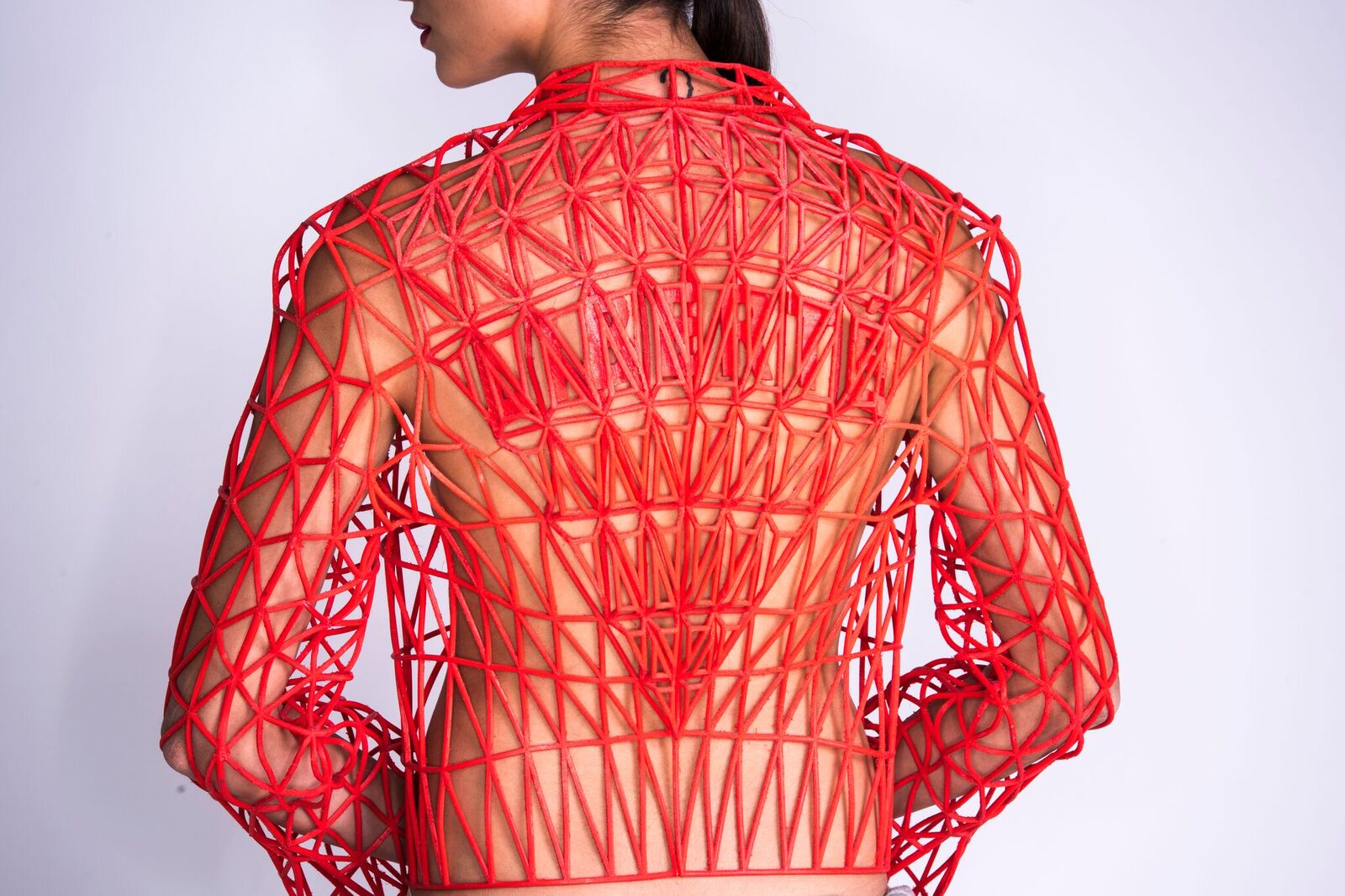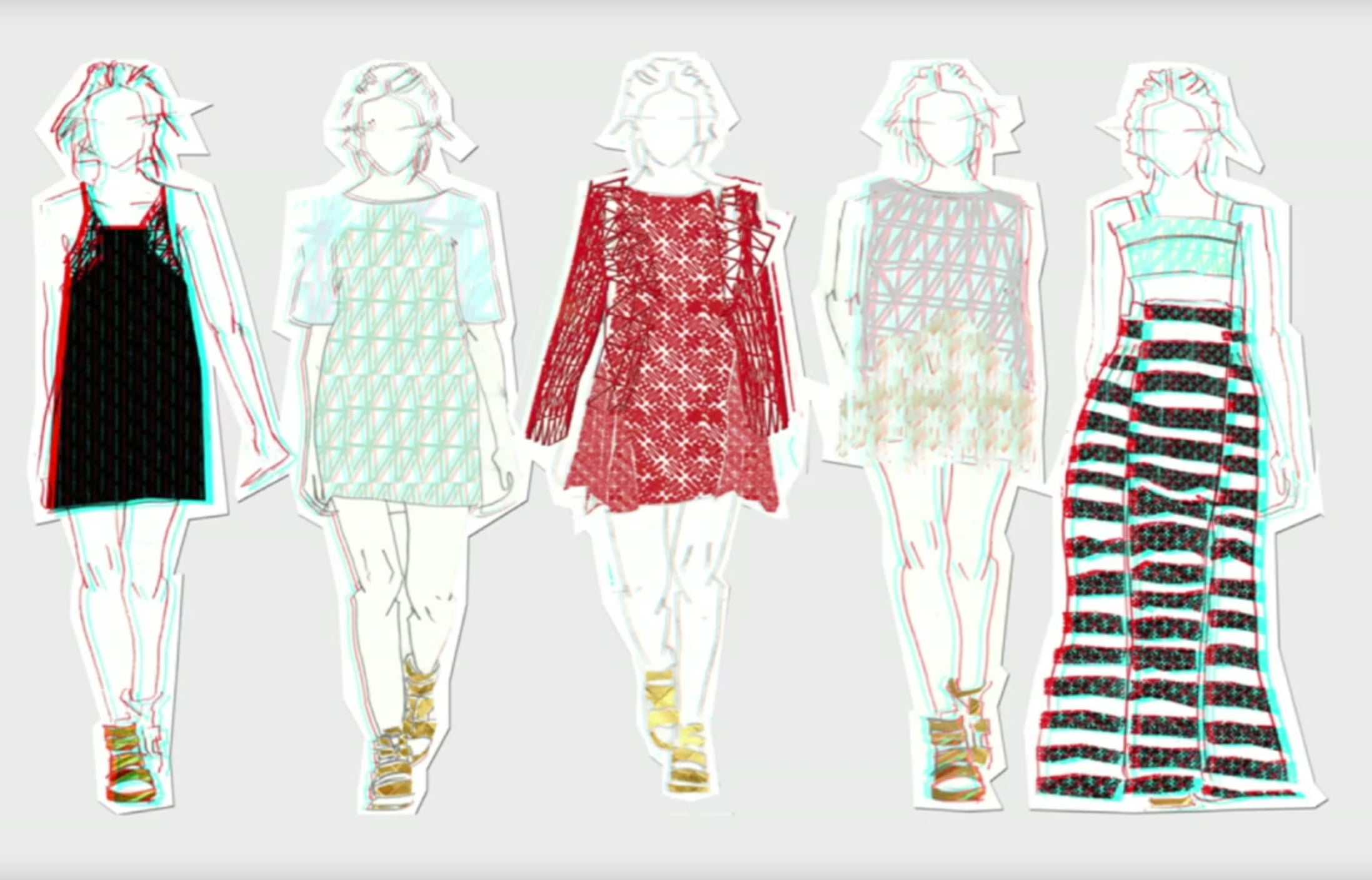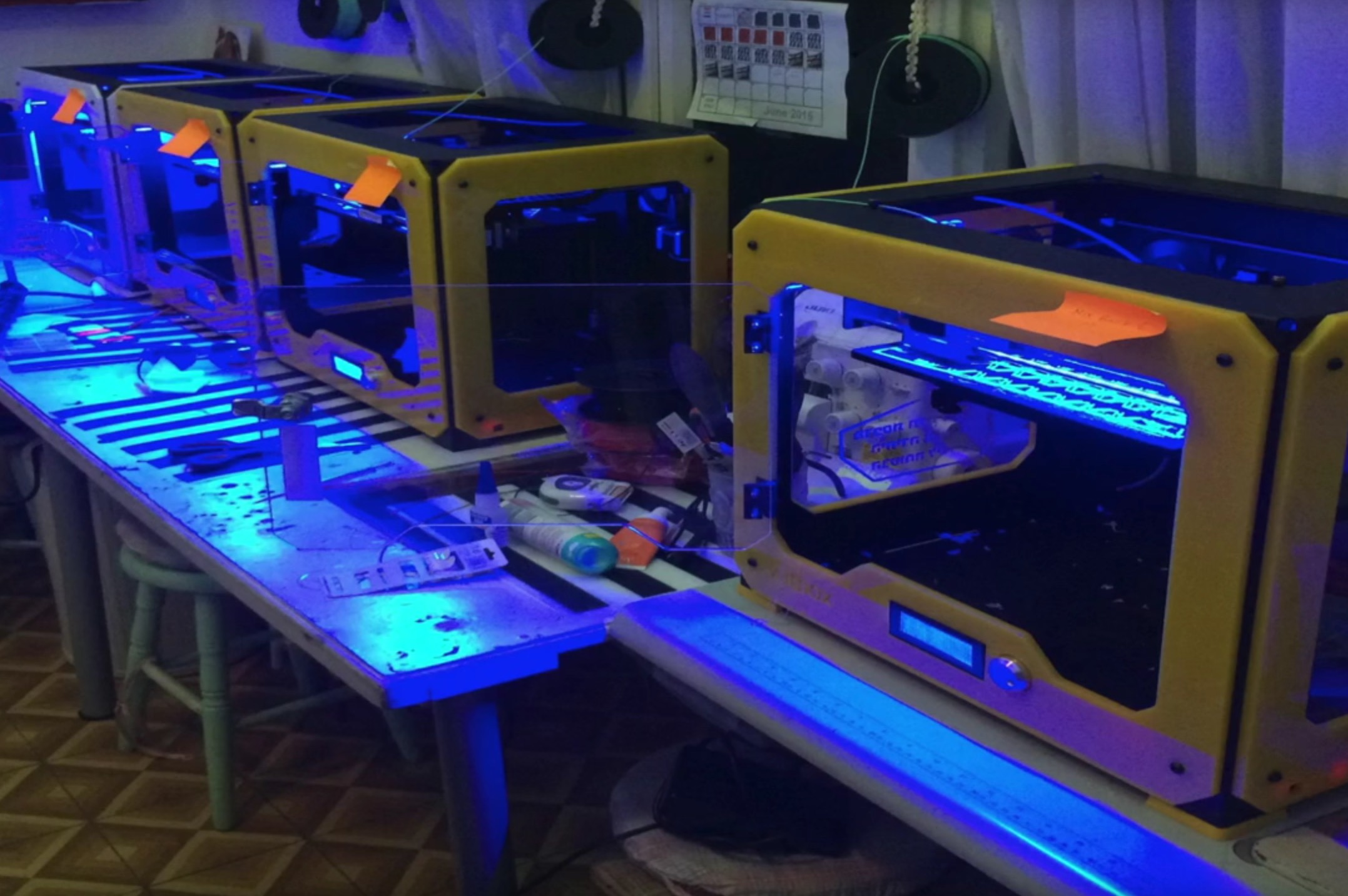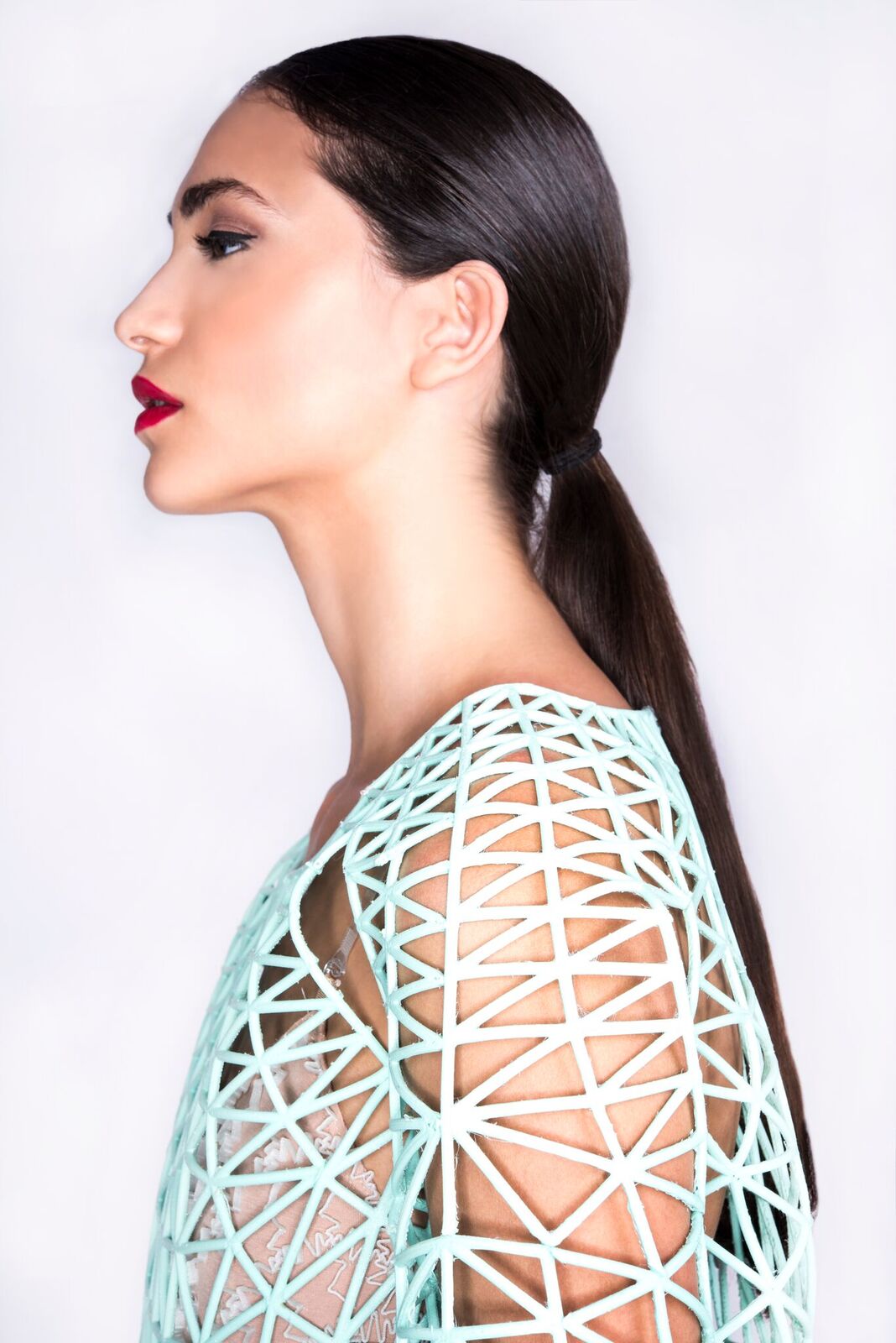
A recent TED talk by Danit Peleg shows how a designer can use 3D printing to create their own fashions.
Peleg’s talk takes us through her journey of discovery through 3D printing. Curious about the technology as it relates to fashion, the designer first examined the “runway” style 3D printed fashions.
Like me, she found these designs incredible, but with challenges. I’ve often lamented the incredible cost of such works, but Peleg also points out that they are difficult to wear, and even “scratch the model”.

The financial barrier caused Peleg to investigate lower-cost alternatives, where she eventually discovered desktop 3D printing at her local makerspace in Tel Aviv, TechFactoryPlus and the XLN community.
Peleg’s initial attempts at printing fashions used PLA plastic, which, while providing great coloring and visual texture, is simply too hard and brittle for practical use in fashions. At the makerspace Peleg discovered a flexible filament, FilaFlex, which then enabled her to develop 3D printed fashion one could actually wear.
However, it is clear to anyone that the print volume of inexpensive desktop 3D printers is far smaller than that of a human, thus making it challenging to 3D print entire wearables. She had to carefully design her works in pieces that could be printed, then assembled into complete outfits. Essentially, she is making uniquely-designed textile sections and then combining them together.
Her goal was to create a collection of entirely 3D printed fashions, which she has achieved through many months of research. She explains she spent “more than 2000 hours to print, about 400 hours per outfit”, which includes not only design and printing research, but also coloring.

Evidently she had some challenges in this aspect.

One major challenge has been the production speed. As readers will know, 3D printing can be a tediously long process, and Peleg has overcome this by installing a series of 3D printers that can operate in parallel to produce objects at a faster rate.

One might suggest that she could use a print service, but this would likely place her costs far above affordability levels. Another option would be to outsource some of the production to groups of 3D printer operators through a community network like 3D Hubs. However, I suspect that might not work well because she would require absolutely identical pieces, particularly because they’re assembled and a fashion item could end up with parts from different sources – with the inevitable differences in part quality, color and texture.

This is a fascinating story of how someone with an idea, passion and access to 3D printers has created a successful fashion business.
She is likely not the last one to do so.
Via YouTube and Danit Peleg

